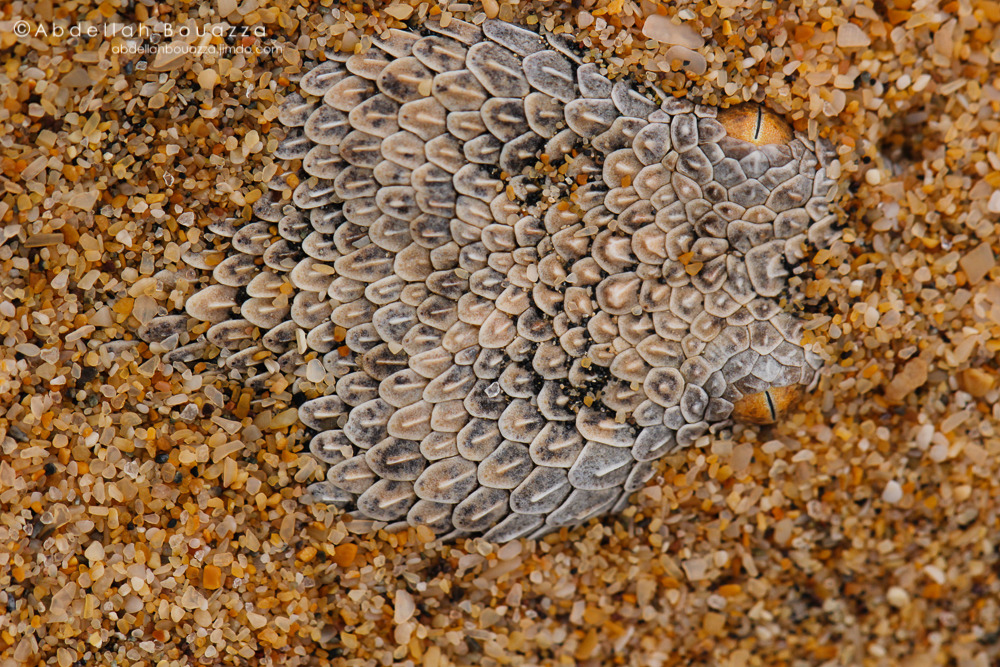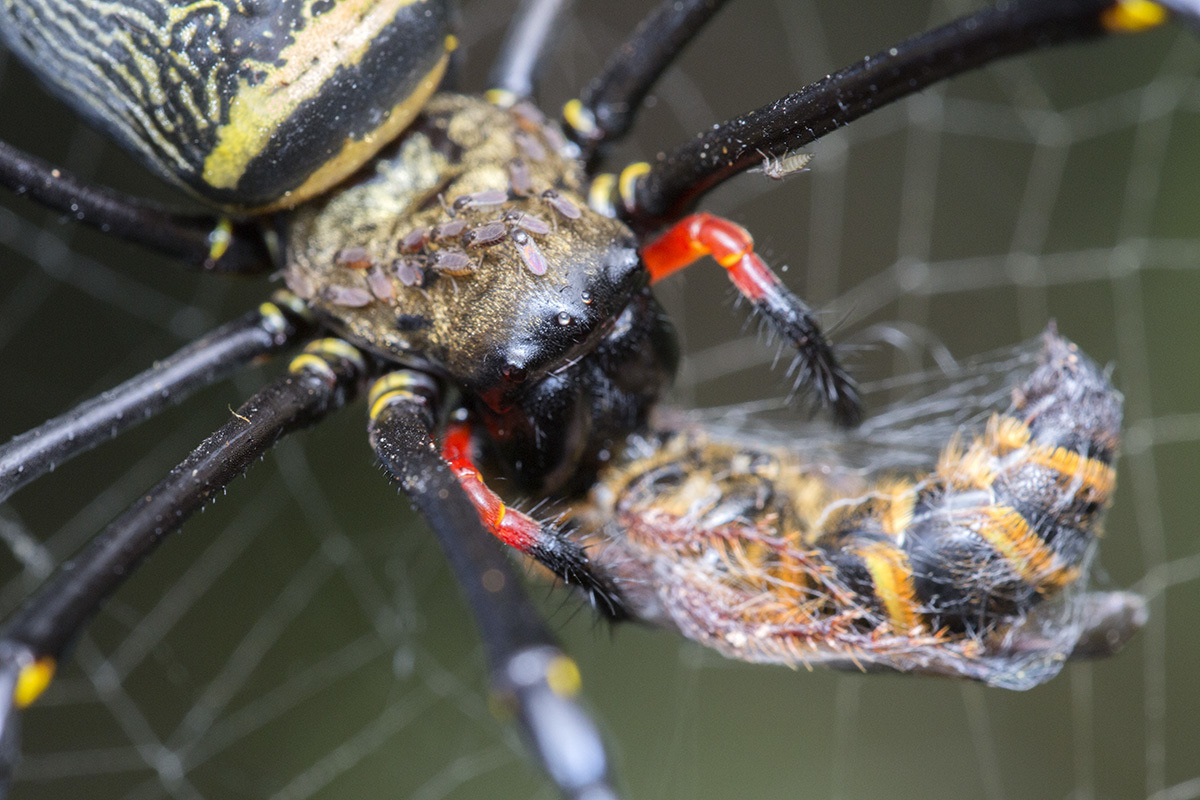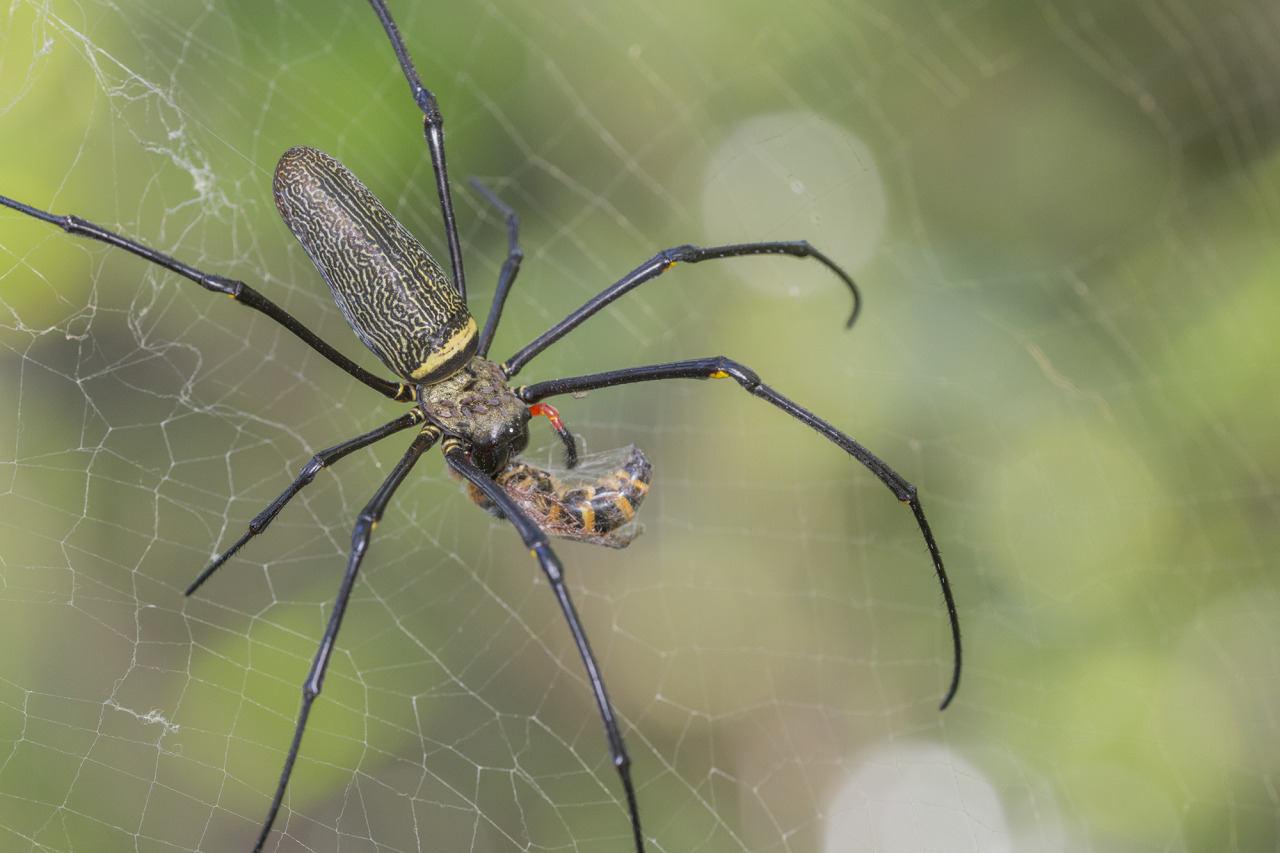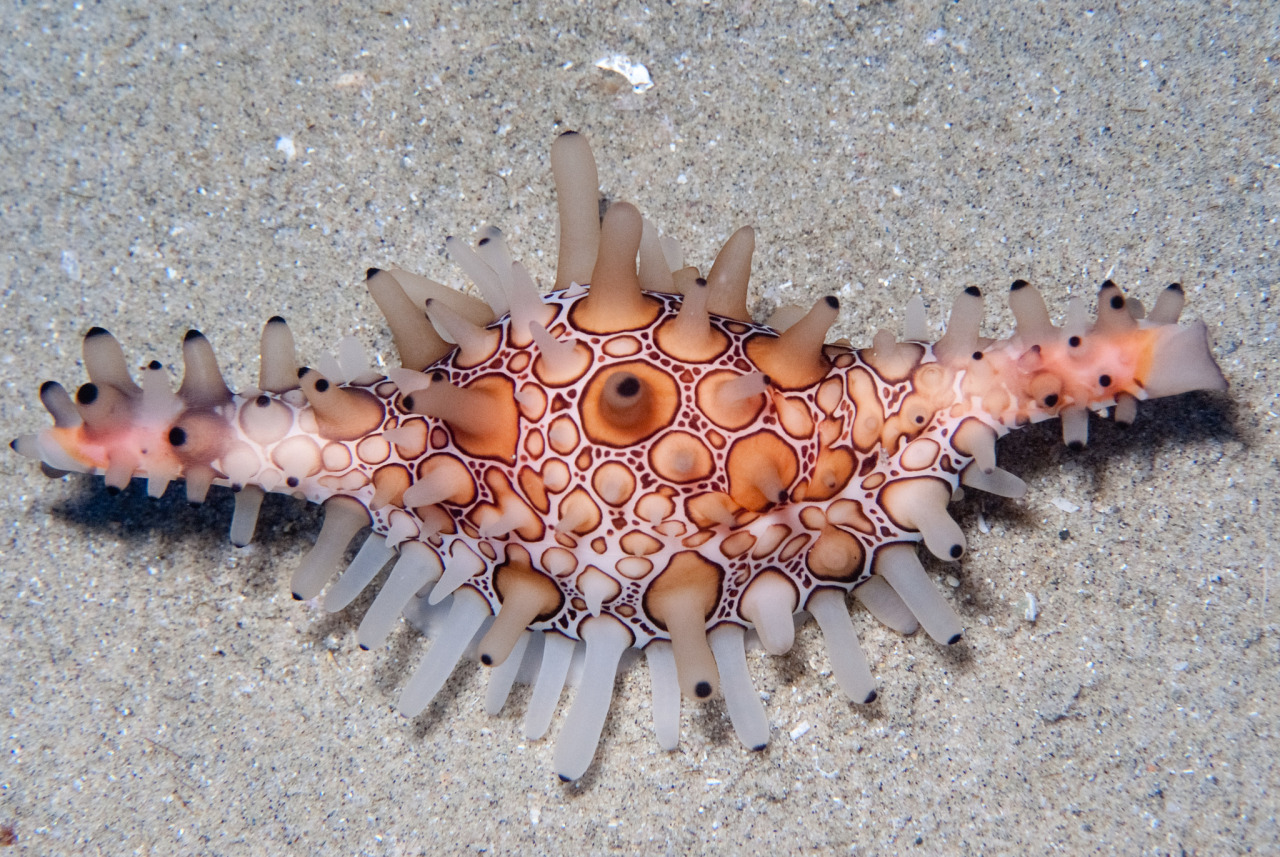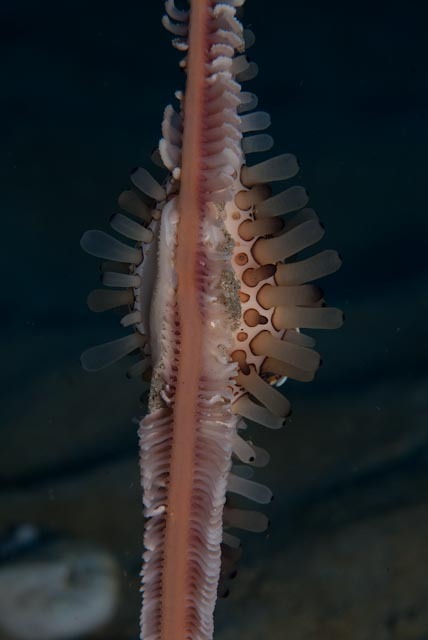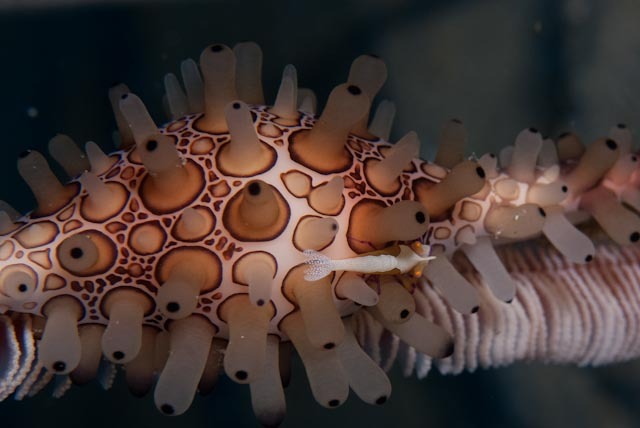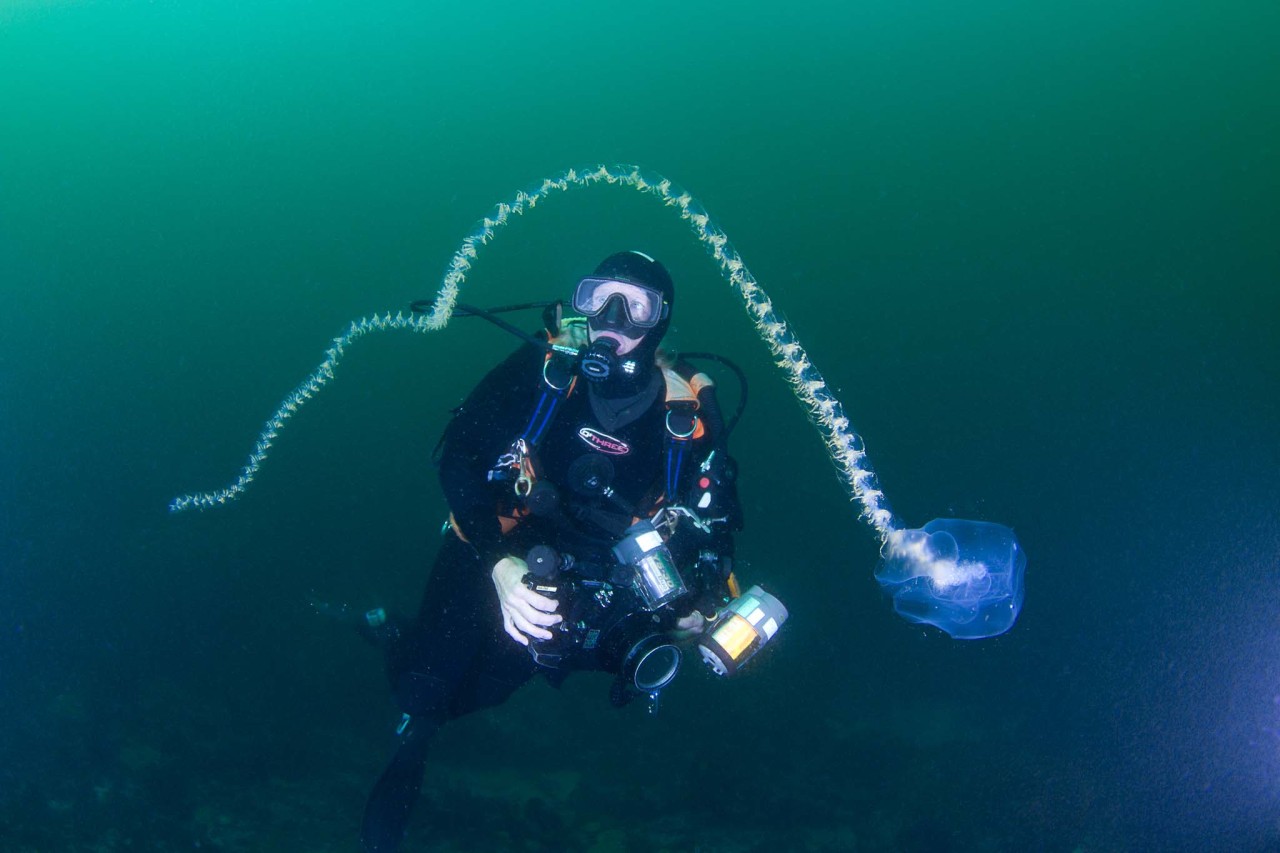Observation of the Week, 3/3/18
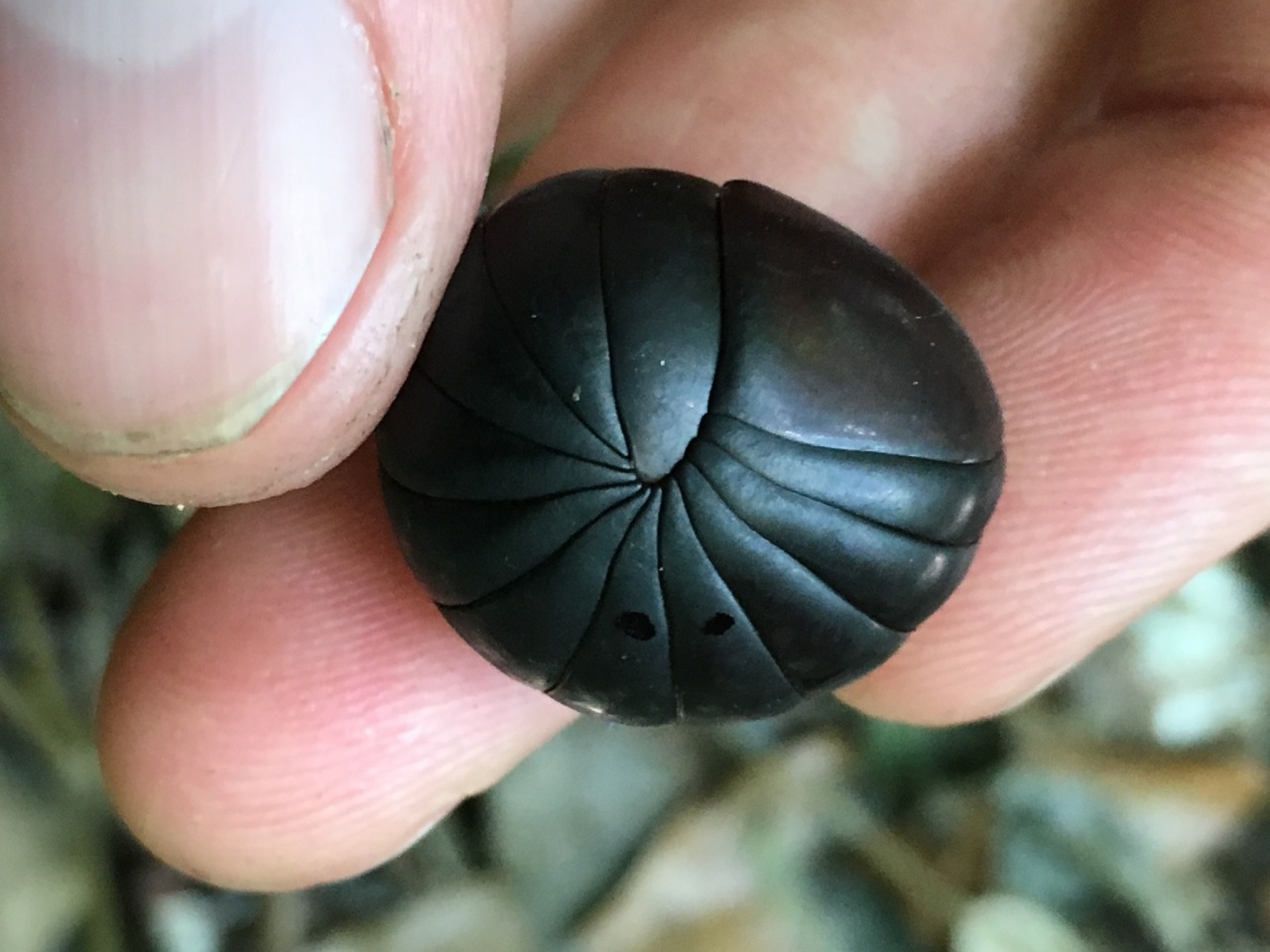
Our Observation of the Week is this Giant Pill Millipede (not a pillbug), seen in Madagascar by @damontighe!
This observation is one of over 1,800 that Damon Tighe made on a recent trip to Madagascar, currently more than any other iNat user. Armed mainly with his iPhone, a cheap clip-on macro lens and a small DIY moth light, he documented quite an array of wildlife and even spread some iNaturalist love to the guides there.
“Madagascar is vast country with varied topography and is a little larger than [my home state of] California,” says Damon. “Its early break-off from Africa 160 million years ago and subsequent isolation after breaking off from the Seychelles and India 66–90 million years ago has allowed for a diversity of organisms that is incredible. Famous for lemurs and chameleons, the country offers so much more than these iconic charismatic critters.”
And one of those charismatic critters, of course, is the bizarre Giant Pill Millipede. Damon recalls,
I saw my first Sphaerotheriida my second night in Madagascar at Andasibe and I spotted it while cleaning up from an all-nighter with a moth light that just before dawn brought in one of the largest moths in the world, Argema mittrei...The last thing I expect a millipede to do is roll up into a tight unopenable ball, but in Madagascar millipedes in the Order Sphaerotheriida do just that!
Giant Pill Millipedes range from Southern Africa into Asia and to Australia and New Zealand, but the largest ones reside on the island of Madagascar, where island gigantism has caused some species to achieve the size of an orange when rolled-up! Like other millipedes, they are detritivores who feast on rotting plant matter, but because of their unique defensive posture these many-legged creatures don’t excrete toxic substances to ward off predators, as most other millipedes do. When rolled-up, the dorsal plates on their second and last segments interlock, allowing the millipede to relax its muscles and still maintain its posture.
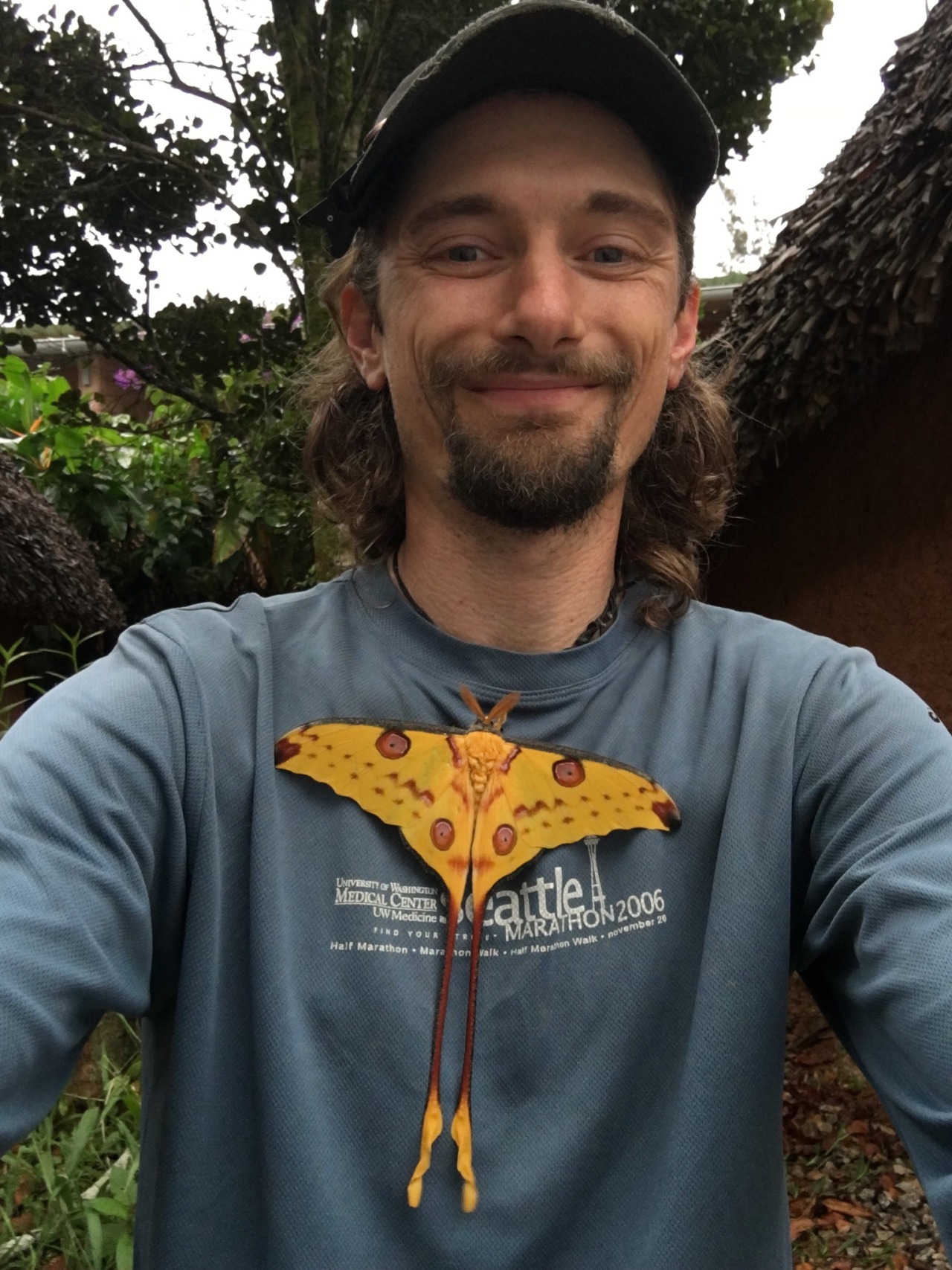
Guides are compulsory in Madagascar’s national parks and reserves (“They have a wealth of knowledge, especially around charismatic fauna.”), and Damon (above, sporting an Argema mittrei moth) introduced a few of them to iNaturalist:
I met a few guides who had smartphones and I brought along a handful of clip-on macro lenses to give them. I showed them the basics of iNaturalist and with these two tools in hand some of them turned into passionate explorers, reveling in all that they could document, and all that they still had to learn about organisms right around them. I'm working with one guide in Isalo National Park to be the point person for the distribution of a bunch of macro lenses and little cards that explain how to use iNaturalist since the park receives the most visitors of any in Madagascar and wifi access is readily available at a number of places in the adjoining town.
- by Tony Iwane
- A different order of millipedes, Glomerida, also roll-up into balls, but these live primarily in the Northern Hemisphere and are much smaller, reaching lengths of about 20 mm (0.79 in).
- Here are a few Giant Pill Millipedes in various states of defense.
- Slugs of the family Chlamydephoridae are known predators of Giant Pill Millipedes.



